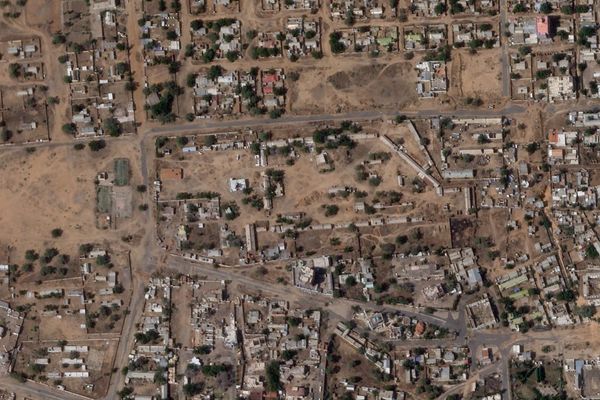
The 2021-22 estimate is 4.98 million tonnes more than the past years harvest and 25 million tonnes higher than the previous five years' (2016-17 to 2020-21) average production.
Record harvests are expected for many crops including- rice, maize, gram, pulses, rapeseed and mustard, oil-seeds and sugarcane.
Minister Narendra Singh Tomar has credited this record high production to the farmer-friendly policies of the central government coupled with hard work of the farmers and the diligence of the scientists.
Data released by the ministry depicts production estimates for various crops-
- Rice totalling 130.29 million tonnes, higher by 13.85 million tonnes than the last five years' average production of 116.44 million tonnes.
- Wheat 106.84 million tonnes, higher by 2.96 million tonnes than the last five years' average wheat production of 103.88 million tonnes.
- Nutri / coarse cereals 50.90 million tonnes
- Maize 33.62 million tonnes
- Pulses 27.69 million tonnes (Tur 4.34 million tonnes, Gram 13.75 million tonnes), higher by 3.87 million tonnes than the last five years' average production of 23.82 million tonnes.
- Oilseeds 37.70 million tonnes
- Groundnut 10.11 million tonnes
- Soyabean 12.99 million tonnes
- Rapeseed and mustard 11.75 million tonnes
- Sugarcane 431.81 million tonnes
- Cotton 31.20 million bales (each of 170 kg)
- Jute and mesta 10.32 million bales (each of 180 kg).
Decline in acreage for paddy this Kharif season
Farmers in India have sown less paddy this Kharif season with a decline of 13% acreage against last year.

Kharif crops are mostly sown during monsoon -June and July, and the produce is harvested during October and November.
As of July 29, farmers have sown paddy across 23.15 million hectares in comparison to 26.70 million hectares in the previous season.
The slow advancement of the monsoon in the month of June and its uneven spread in July in most parts of the country is blamed to be the reason behind the decline of acreage for paddy.
Earlier, many worried that less area under paddy cultivation this Kharif may lead to low production of the food grain.
Rice-producing states such as West Bengal, Uttar Pradesh, Bihar, Jharkhand, Telangana, Odisha, Chattisgarh, Assam, Karnataka, Andhra Pradesh, and Haryana, among others saw less sowing.
Many of these states also witnessed deficit rainfall this year. Overall Kharif sowing, however, has been relatively better.
Latest Minister of Agriculture and Farmers Welfare data showed, it is just 2 per cent lower than 2021 at 82.34 million hectares. In 2021, total sowing was across 84.16 million hectares.
With inputs from ANI.







